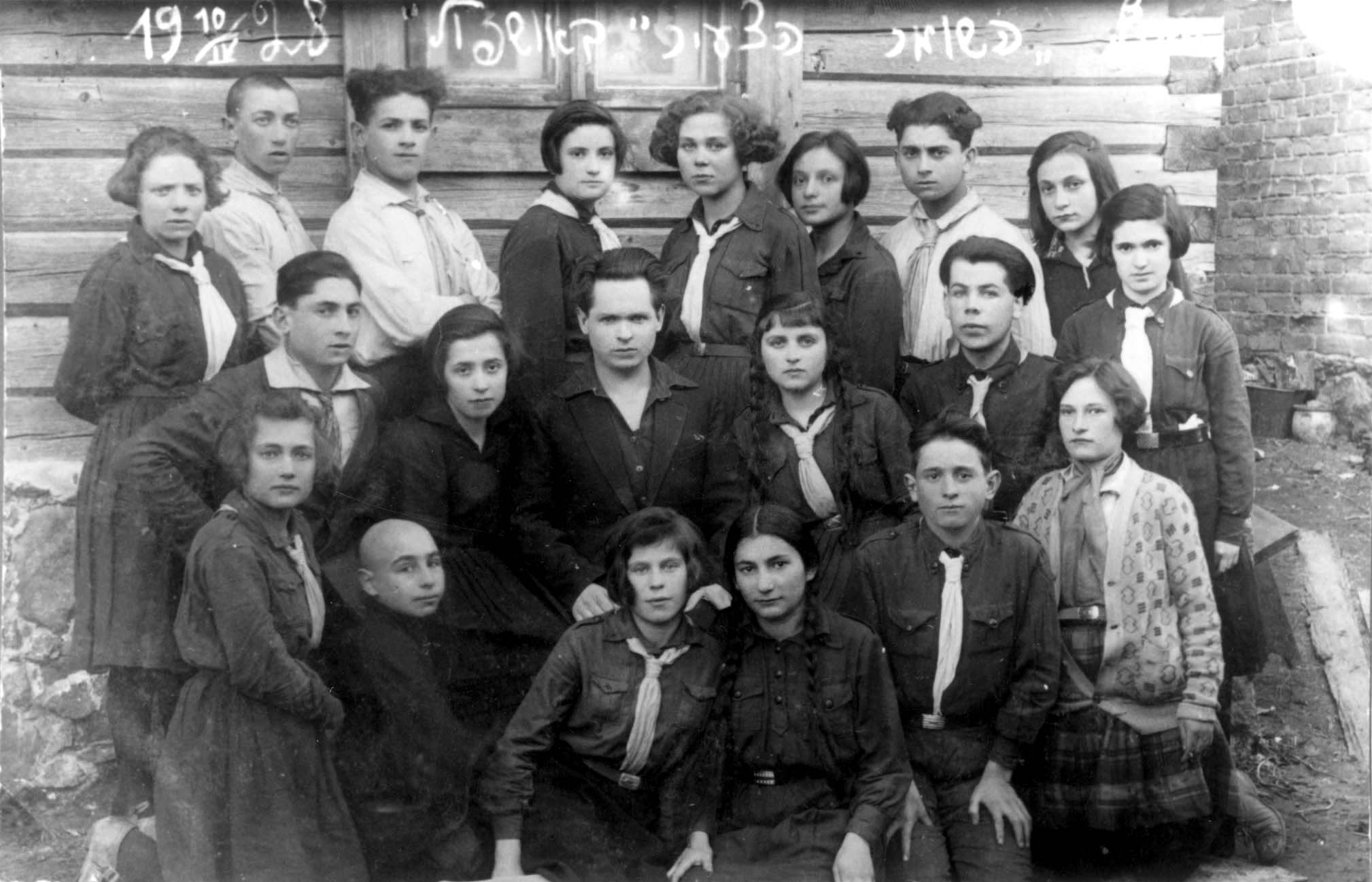

Užpaliai

In the summer of 1940, Lithuania was annexed by the Soviet Union, and Užpaliai underwent a rapid Sovietization. In June 1941, the Soviet-German War broke out, and the anti-Soviet Lithuanian partisans took control of the town even before the arrival of German troops on June 26. Under German supervision, the Lithuanian partisans (the so-called "white armbanders") introduced the first anti-Jewish measures. In July 1941, they moved the Jews into a ghetto. They also carried out several group killings of Jews at various sites: near the Jewish cemetery, in the Kaimynai and Dvarašilis Forests, at the Russian cemetery, and near the bathhouse. A total of about fifty Jews were killed in the town in late June-early July 1941. In late August that year, the last 300 Jews of Užpaliai were transferred to Utena, and on August 29 they were shot, together with the local Jews, in the Rašė Forest, some two kilometers north of Utena.
Užpaliai was liberated by the Red Army in July 1944.

